Why Getting Wire Gauge and Amperage Right Is Crucial for DIY Success
Electricity courses through our homes like lifeblood, powering our modern lives. But behind the walls, a complex network of wires makes it all possible. For DIY enthusiasts tackling electrical projects, understanding the relationship between wire gauge and amperage is crucial for safety and success. Let’s dive into the world of electrical wiring and demystify the process of choosing the right wire size for your needs.
The Importance of Proper Wire Sizing
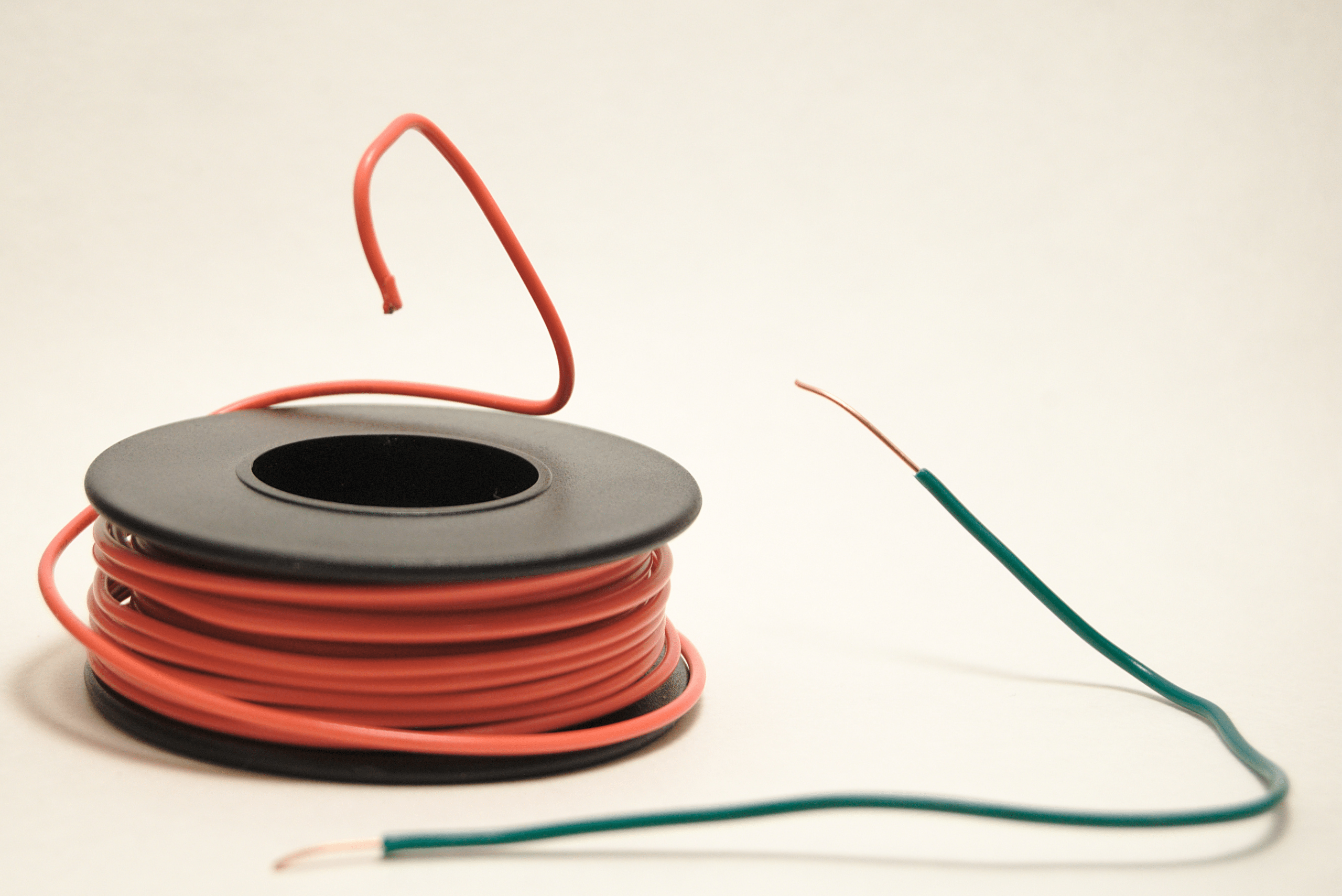
When it comes to electrical work, safety should always be your top priority. Using the correct wire gauge for a given amperage is essential to prevent overheating, which can lead to melted insulation and even electrical fires. Undersized wires struggle to handle the current flowing through them, generating excess heat and posing serious risks.
Conversely, oversized wires, while generally safe, can be unnecessarily expensive and difficult to work with. By understanding wire gauge and amperage ratings, you can strike the perfect balance between safety and practicality in your DIY electrical projects.
Decoding Wire Gauge
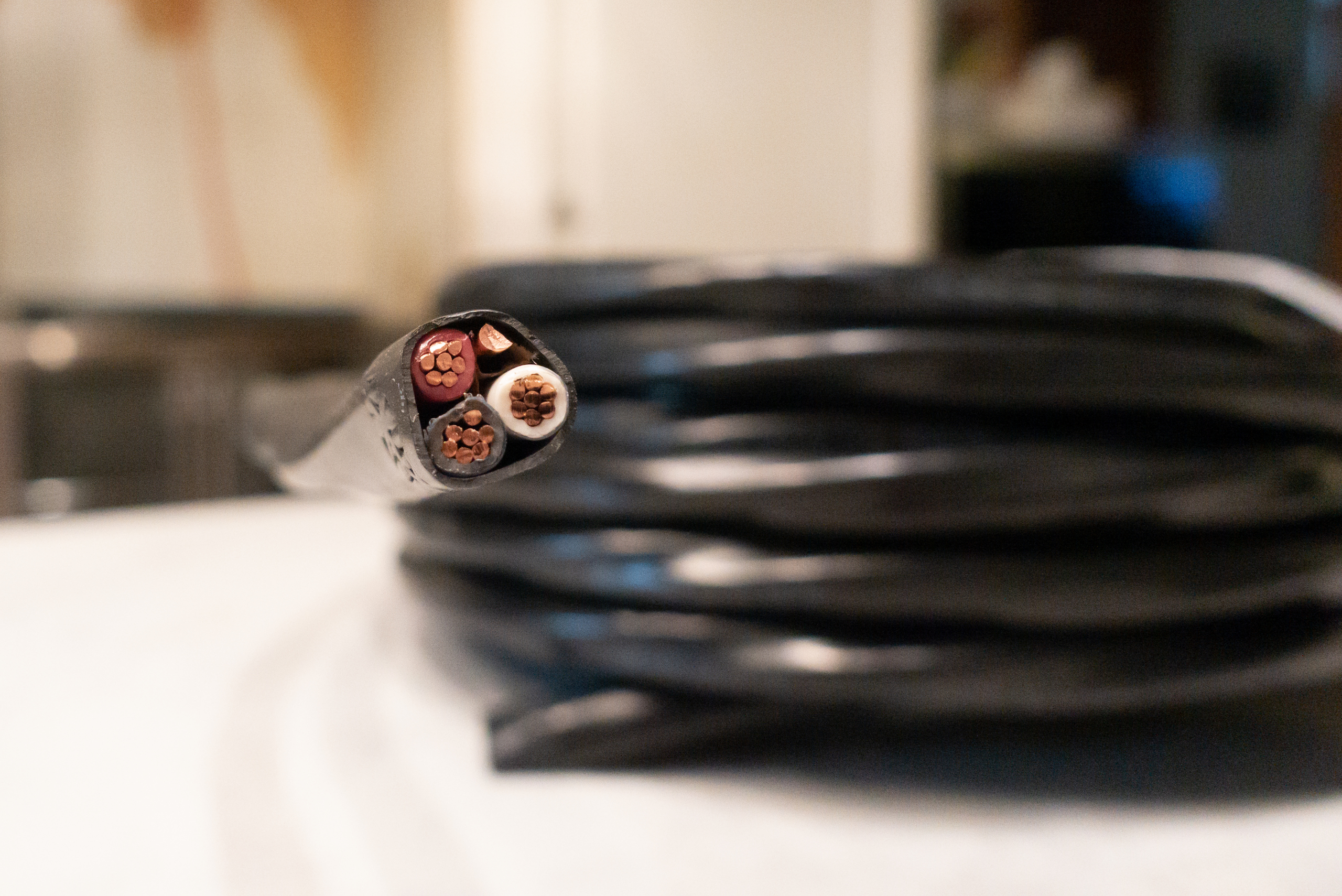
Wire gauge might seem counterintuitive at first glance. The American Wire Gauge (AWG) system assigns lower numbers to thicker wires and higher numbers to thinner ones. For example, a 12-gauge wire is thicker than a 14-gauge wire. This inverse relationship can be confusing, but it’s essential to grasp when selecting the right wire for your project.
As you work with different gauges, you’ll notice that thicker wires (lower gauge numbers) can handle higher amperages. This is because they offer less resistance to electrical current, allowing more power to flow safely through the wire without generating excessive heat.
Start your next woodworking adventure with TedsWoodworking! Dive into 16,000+ projects and bring your ideas to life. Build unique furniture and master new skills with Ted’s detailed, step-by-step plans guiding you every step of the way.
Understanding Amperage
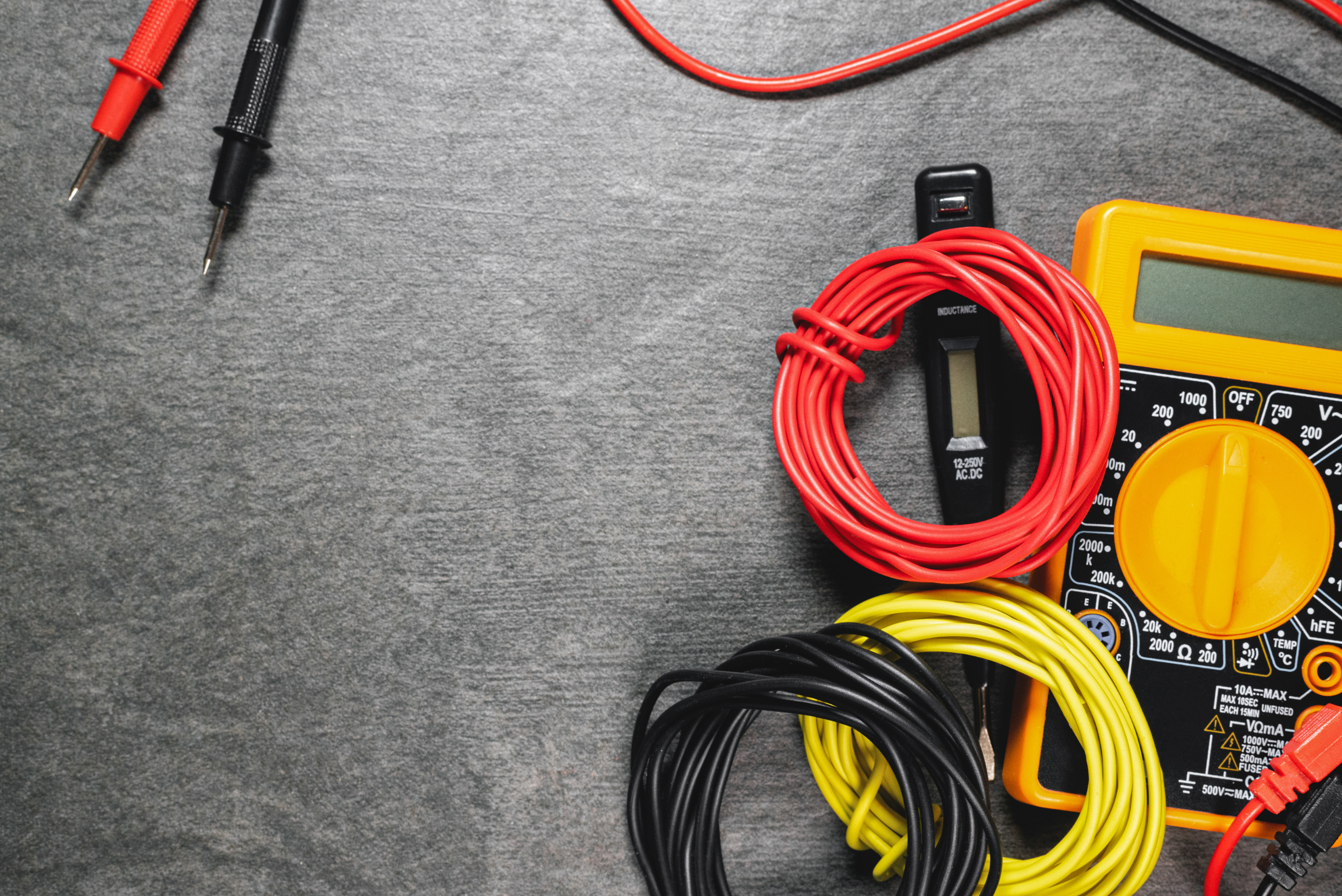
Amperage, measured in amps, represents the amount of electrical current flowing through a wire. Think of it as the volume of water flowing through a pipe. Different appliances and circuits require varying amounts of current to function properly. A simple light fixture might only need 15 amps, while a powerful electric dryer could demand 30 amps or more.
Knowing the amperage requirements of your devices and circuits is crucial when selecting the appropriate wire gauge. Always err on the side of caution and choose a wire that can handle slightly more current than you expect to need.
Using Wire Gauge Charts
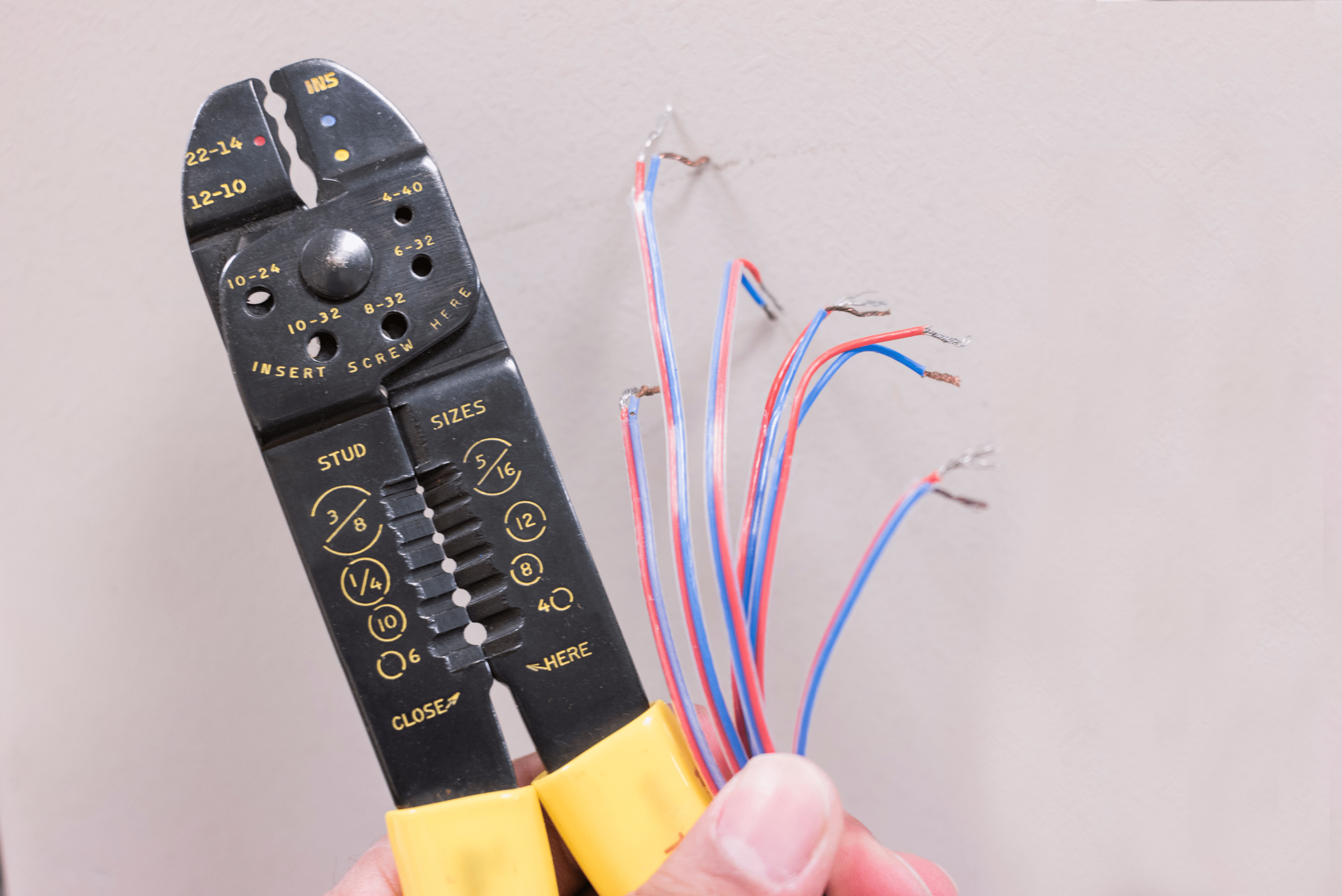
Wire gauge charts are invaluable tools for DIY electricians. These charts typically list wire gauges alongside their maximum ampacity (current-carrying capacity) for both copper and aluminum wires. When using a chart, always consult the column that matches your wire material, as copper and aluminum have different conductivity properties.
Remember that these charts usually assume ideal conditions. Factors like ambient temperature, wire length, and installation method can affect a wire’s actual ampacity. When in doubt, it’s always better to choose a slightly larger gauge to ensure safety and performance.
Common Wire Gauges and Their Uses in Home Wiring
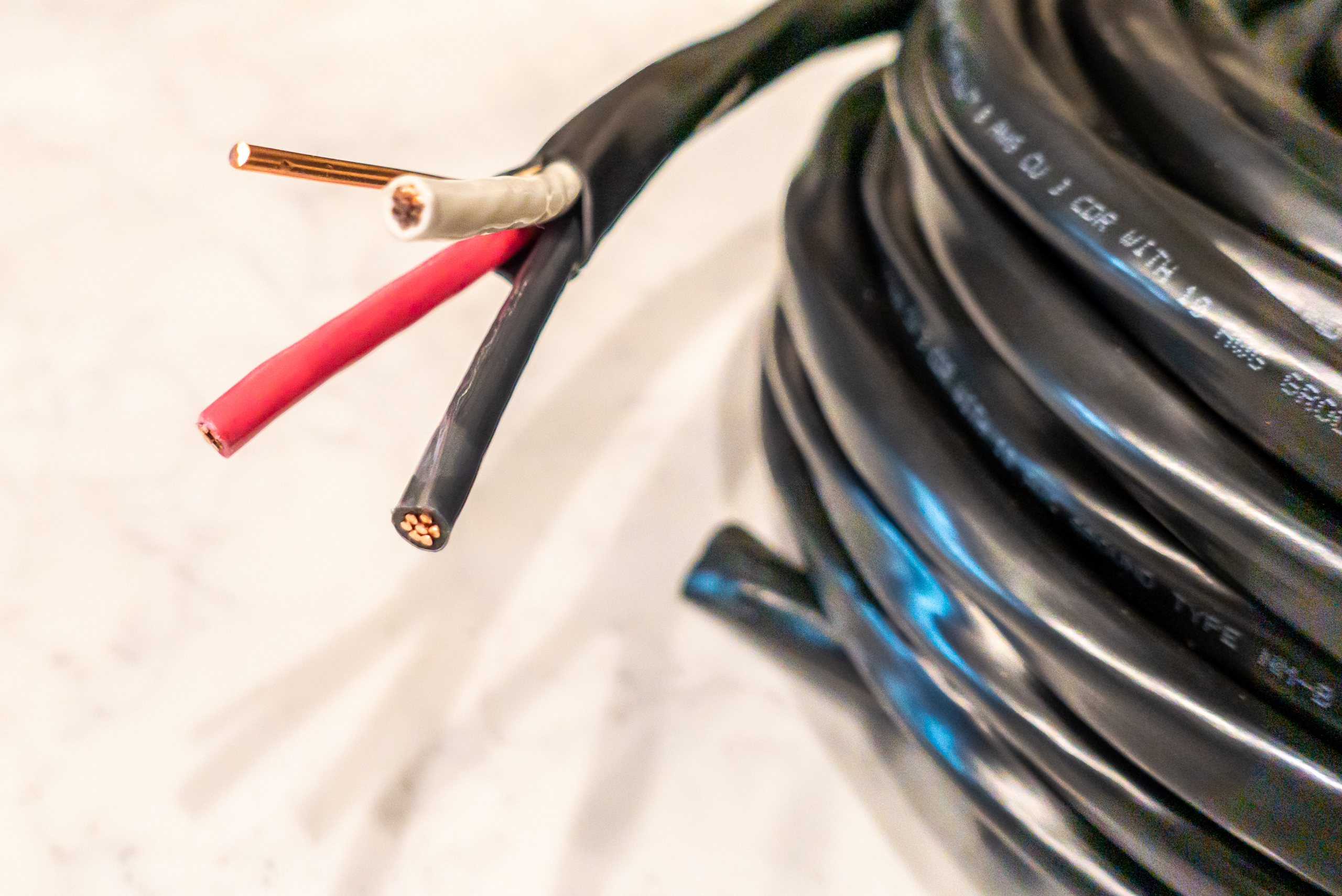
Certain wire gauges are more commonly used in residential wiring than others. 14-gauge wire is typically used for 15-amp circuits, powering lighting and general-purpose outlets. 12-gauge wire is standard for 20-amp circuits, often found in kitchens and laundry rooms where appliances demand more power.
For larger appliances like electric ranges or dryers, you might encounter 10-gauge or even 8-gauge wire. These thicker wires can handle the higher amperages required by these power-hungry devices. Familiarizing yourself with these common gauges and their applications will help you make informed decisions in your DIY projects.
Stranded vs. Solid Wire and Material Choices
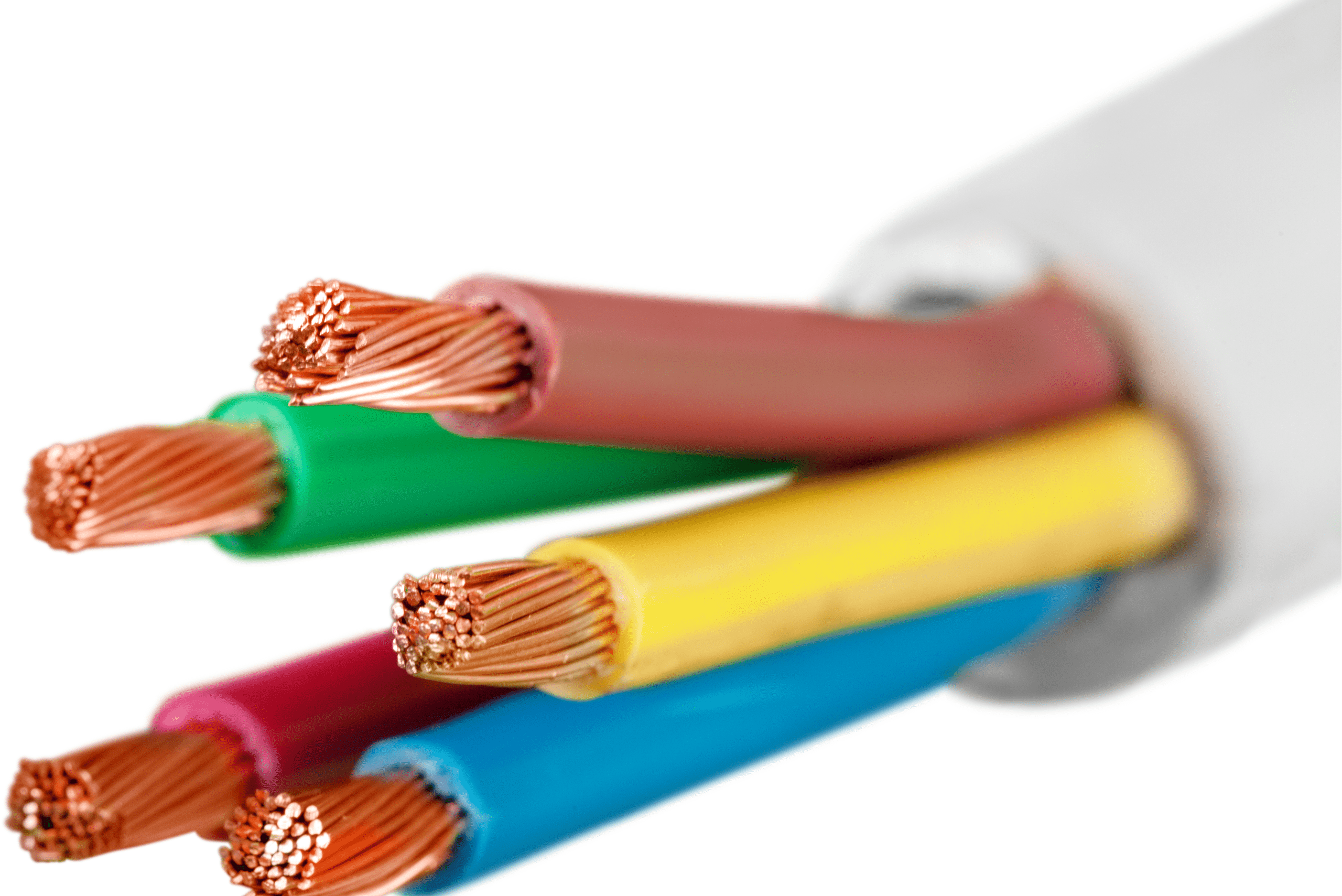
When selecting wire, you’ll also need to consider whether to use stranded or solid wire. Stranded wire is more flexible and ideal for applications where the wire needs to bend, such as in extension cords or appliance connections. Solid wire is typically used for fixed installations within walls and electrical boxes.
Additionally, while copper is the most common wire material for residential use, aluminum wiring was popular in some homes built in the 1960s and 1970s. If you encounter aluminum wiring, it’s crucial to understand that it has different properties and requires special consideration. When in doubt, consult a professional electrician to ensure safe and proper connections.
Related Articles
- How to Splice Wires For DIY Projects Around Your Home
- Soldering 101: Don’t Sweat It. Well, Actually, Do
- How to Make a Portable Solar-Powered USB Charger from Scratch
Armed with knowledge about wire gauge and amperage, you’re now better equipped to tackle your DIY electrical projects safely and effectively. Remember that while this guide provides a solid foundation, electrical work can be complex and potentially dangerous. Always prioritize safety, follow local building codes, and don’t hesitate to consult a professional when you’re unsure.
Ready to start your next project? Join our DIY community to receive tool tips, how-to guides, and exclusive creative insights. Subscribe to the ManMadeDIY newsletter now! Click here to unlock a world of hands-on inspiration.









